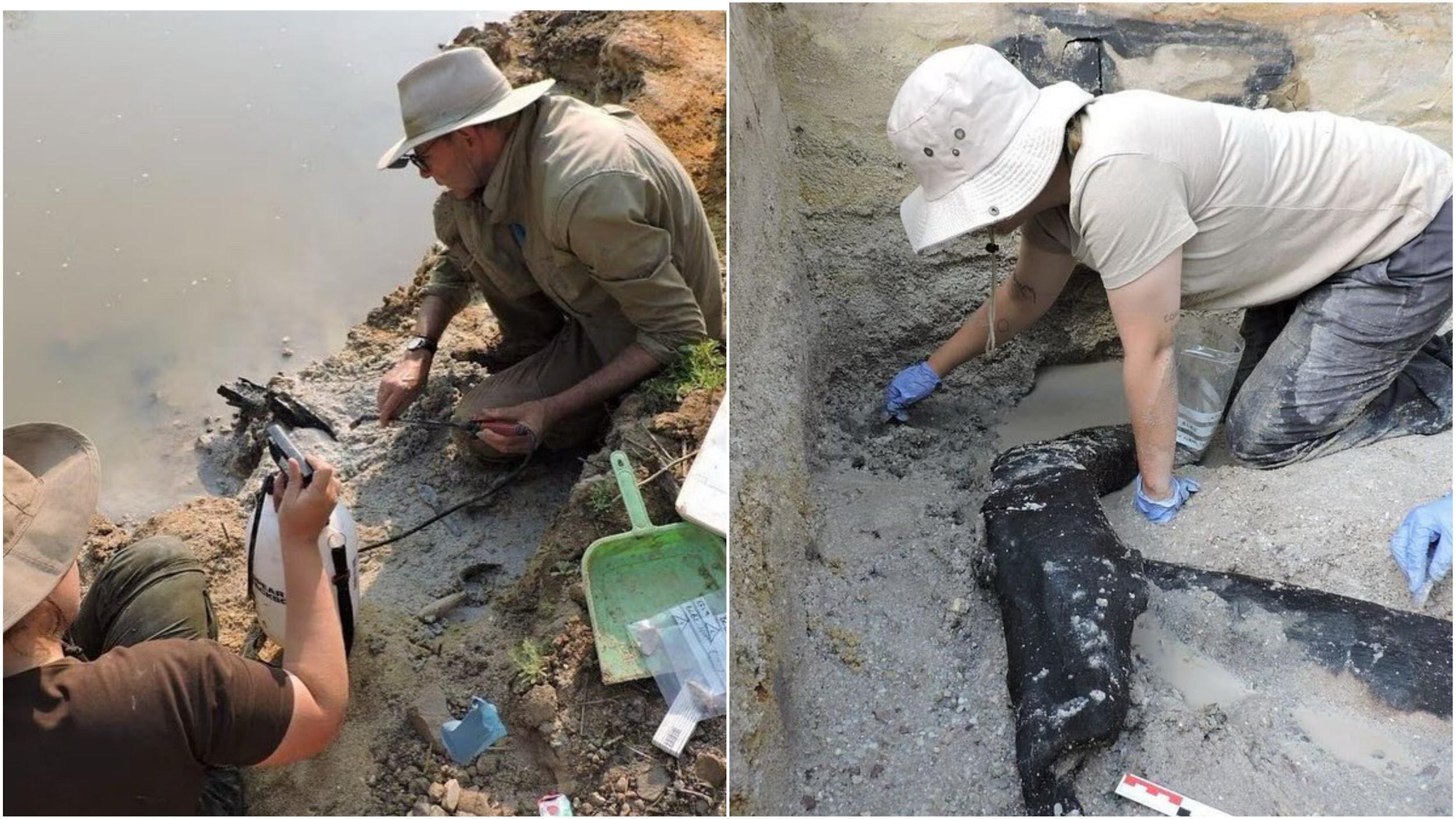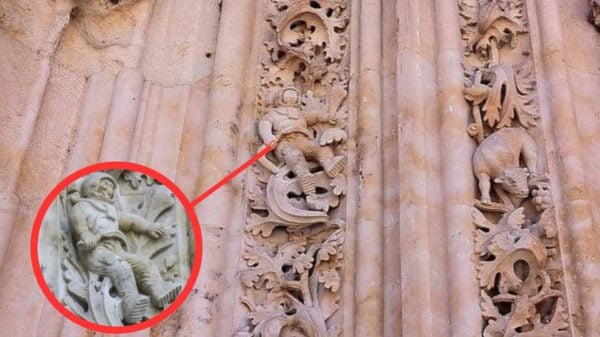Scientists have discovered primitive wooden tools and structures of about 476,000 years old at a site in Zambia’s Kalambo Falls. This new discovery runs contrary to what we have always known about the lives of the species that existed before the ancient homo sapiens (our own evolution).
First, the discovery of these tools, which predate the oldest modern humans, is proof that our early ancestors were knowledgeable about construction. Based on these findings, it’s safe to conclude that the unknown hominin species that existed before homo sapiens were intelligent and resourceful. They made the best use of their surroundings by harnessing the resources at their disposal to produce innovative results.
According to the research, the wooden structure, which is older than humanity, had “two interlocking logs joined transversely by an intentionally cut notch.” This shows that these species that predated the evolution of homo sapiens were smart enough to conceive ideas beyond their immediate and tangible environment.
What’s more, the researchers also discovered a cut log, digging stick, and other tools that were well-preserved because they were left in a waterlogged area that gave no room for bacterial degradation. Such impressive cognitive skills!
Another thing this discovery shows us is that our earlier assumptions that the ancient hominins enjoyed a completely nomadic lifestyle aren’t entirely true. While it was convenient to believe that our ancestors were preoccupied with gathering and hunting alone, the crude tools and structures tell us that they likely had settlements as homes for long periods. In fact, scientists believe that the structures were from the foundation of a larger building.
Professor Larry Barham of the University of Liverpool’s Archaeology Department has expressed his surprise at the ingeniousness of the early species. In his words, “This find has changed how I think about our early ancestors. Forget the label ‘Stone Age,’ look at what these people were doing: they made something new, and large, from wood. They used their intelligence, imagination, and skills to create something they’d never seen before, something that had never previously existed.”
“They transformed their surroundings to make life easier, even if it was only by making a platform to sit on by the river to do their daily chores. These folks were more like us than we thought,” he added. Professor Barham is an expert in Classics and Egyptology. He led the research team that unearthed the wooden structure on the river banks.
It seems obvious that the hominins from Southern Africa discovered an ideal location with lots of vegetation and enough water. So, they decided to build a settlement there. Not only did they build structures that shielded them from the elements, but they also made them so solid that they remained partially intact over four hundred thousand years later.
For us, this discovery has reshaped our understanding of the past and shown us how limited our understanding of prehistoric times may be. It also highlights the need for more resources to be committed to archaeological research. Who knows what we’ll find when we dig deeper?


















